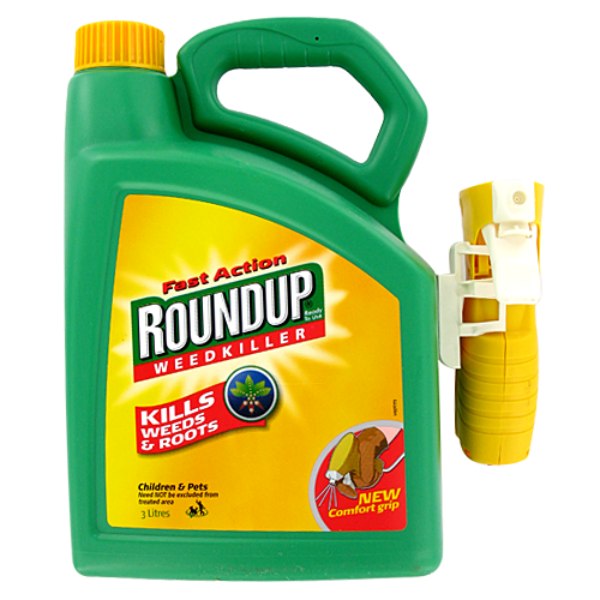Just last week my farm became eligible to accept these checks from WIC participants and Seniors. This great program gives eligible people the opportunity to taste just how good a freshly picked "just that morning" tomato can taste!
The WIC Farmers Market Nutrition Program (FMNP) and Senior Farmers Market Nutrition Program (SFMNP) provide WIC recipients and eligible seniors with resources in the form of fresh, nutritious, unprepared, locally grown fruits, vegetables, and herbs from approved farmers' markets in Pennsylvania. The purpose of the FMNP and SFMNP is to increase the consumption of fresh fruits and vegetables with low income seniors and WIC recipients, and to expand the awareness, use of and sales at farmer's markets.
The PA Department of Agriculture is responsible for authorizing individual farmers. Only farmers authorized by the State agency may accept and redeem FMNP and SFMNP checks. Individuals who exclusively sell produce grown by someone else or purchased from a wholesale distributor can not be authorized to participate in the FMNP.
Eligibility:
FMNP- Recipients must be on the WIC program to receive this benefit.
SFMNP- Seniors must be 60 or older by December 31st of the program year and meet the income eligibility guidelines. Income eligibility is basis on 185% of the federal poverty income guidelines. The guidelines are published each year by the United States Department of Agriculture. Call the Potter County Office on Aging to see if you are eligible.
How the Program Works for recipients:
Eligible WIC recipients receive the FMNP during their quarterly WIC visit during the months of May - September. Eligible Seniors recipients receive the SFMNP by going to a distribution site in their county. Distribution site information is available by calling the county aging office in the county the senior resides. Recipients are given a list of participating farmers and farmers' markets when they receive their checks. These checks are redeemed for fresh fruits and vegetables grown or growable in Pennsylvania. Each eligible recipient receives 4 - $5.00 SFMNP checks to redeem at a qualified farmers' markets or roadside stands. There are over 1,000 FMNP participating farmers at 800 farm stands and 190 farmers' markets in Pennsylvania.
And some of us are at the Coudersport Farmer's Market in the Courthouse Square on Saturdays from 9 a.m. until 2 p.m.!
These checks are available every year and sadly, only a small portion of them are ever redeemed. If you think you, or someone you know, is eligible for FMNP and SFMNP checks, ask about them at your WIC office or local Office on Aging. This is a chance to taste some yummy fresh fruit or even try something new!
















































